Category Posts
-
1 Dynojet Power Vision 4 Review to Rule Them All – Talk Time


If you’re looking to fine-tune your motorcycle’s performance, the Dynojet Power Vision 4 might just be the upgrade tool you’ve been searching for. Revving up your ride’s efficiency doesn’t have to be a complex task…
Overlay Grid
Category Grid
Latest Articles
-
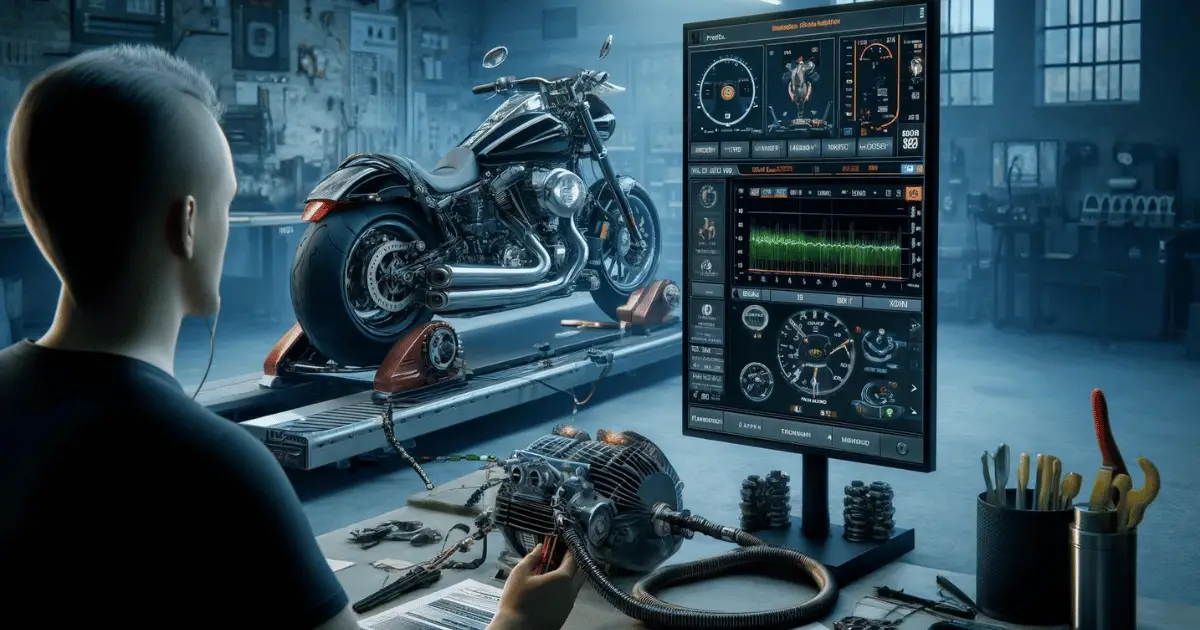
1 Dynojet Power Vision 4 Review to Rule Them All – Talk Time

If you’re looking to fine-tune your motorcycle’s performance, the Dynojet Power Vision 4 might just be the upgrade tool…
-
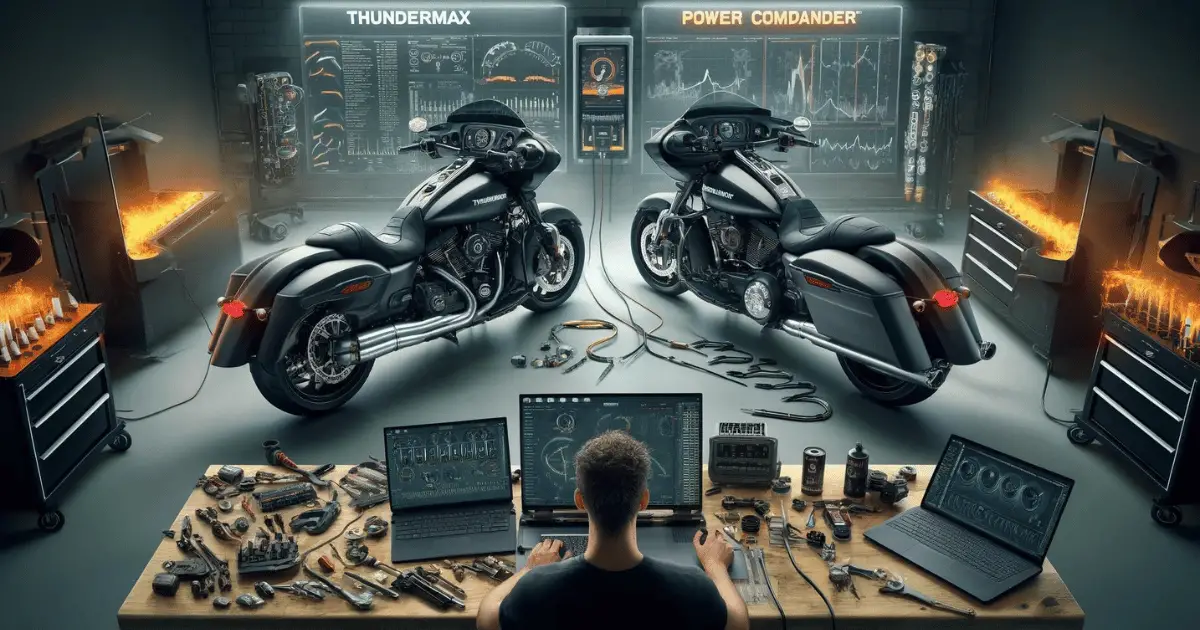
2 Titan Tuners: ThunderMax vs Power Commander Shootout

When it comes to optimizing your motorcycle’s performance, choosing the right engine tuning module can make all the difference.…
-
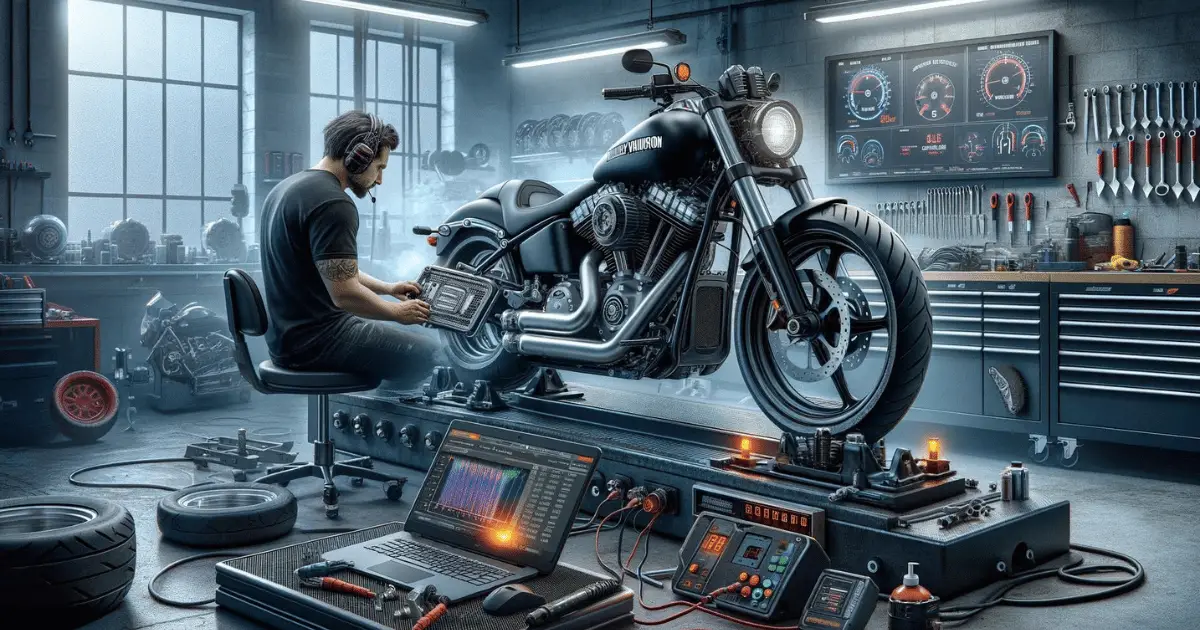
The Best Tuner for Harley 103 Engines Is FINALLY Here!

If you’re a Harley enthusiast, chances are you know the importance of tuning your Harley 103 engine for optimal…
-
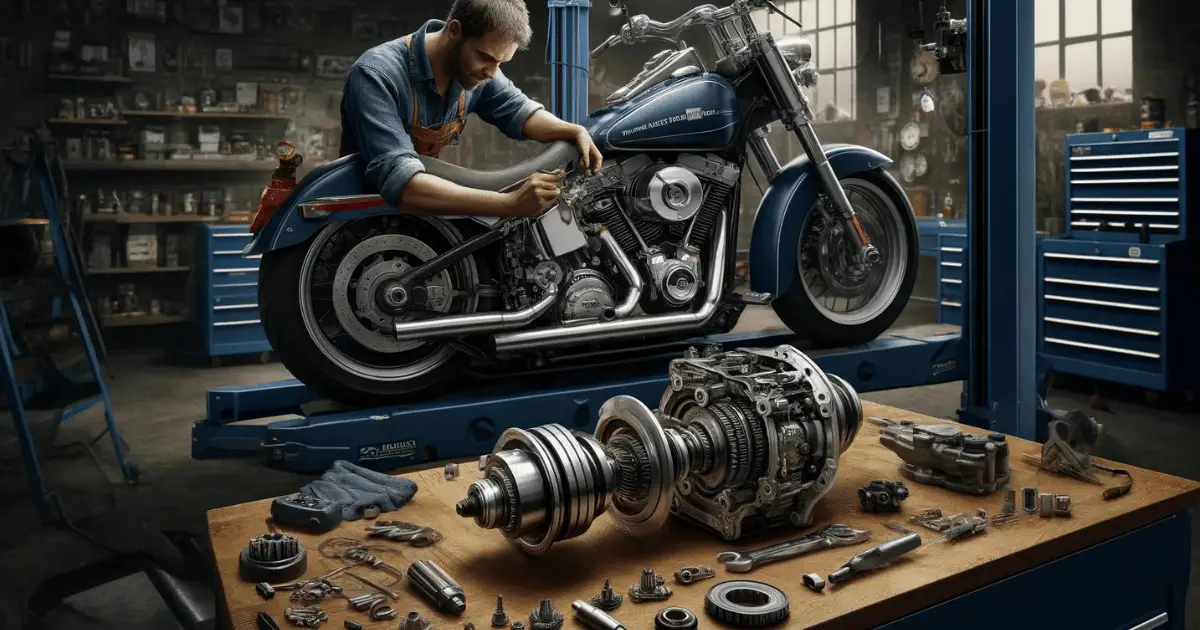
Finding The Best Harley Compensator Upgrades Available Today

When it comes to enhancing the performance and reliability of your Harley-Davidson motorcycle, upgrading the compensator is a key…
-
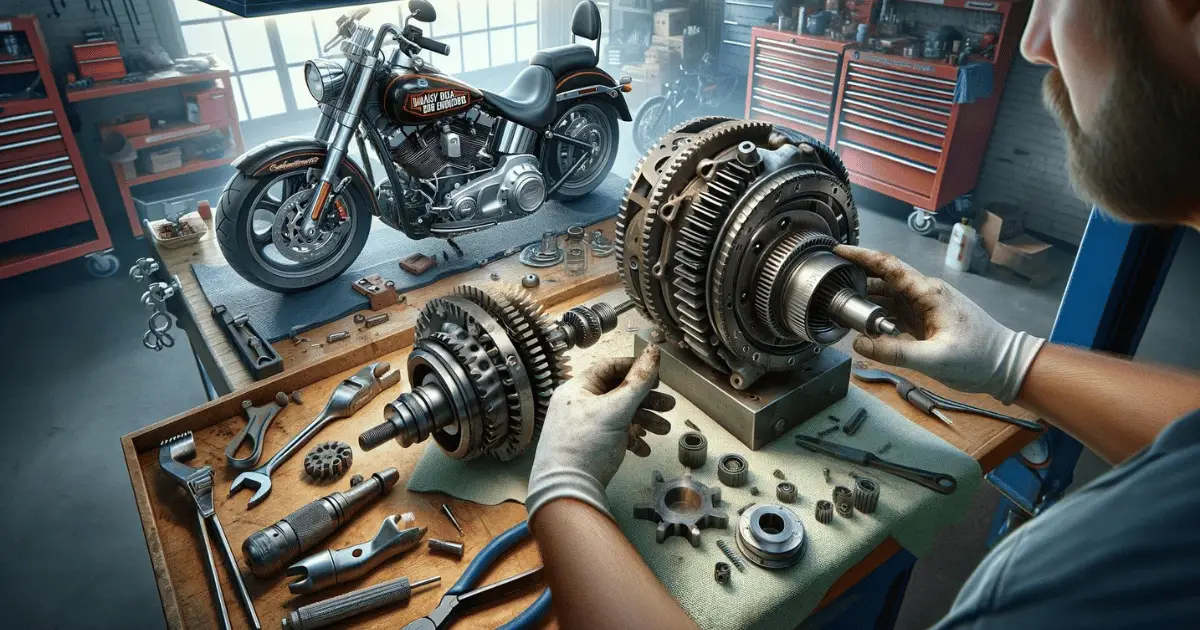
Man o’ War Compensator Review: Enhance Your Rumbling Ride

I know what it’s like to be continually seeking upgrades that enhance the performance, comfort, and reliability of your…
-
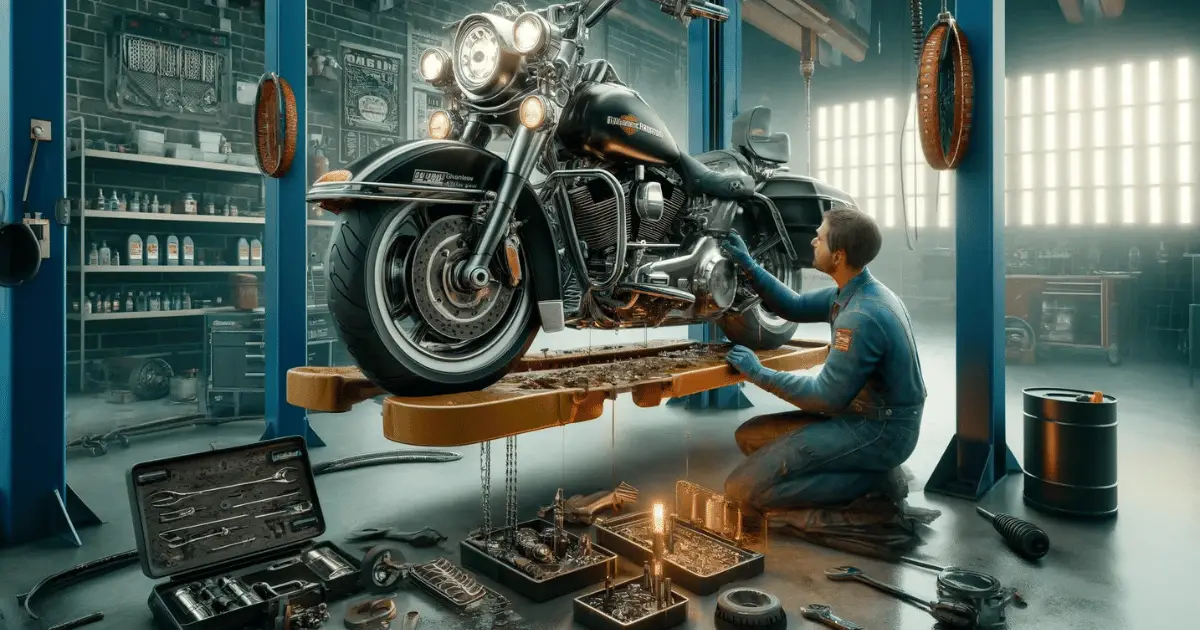
Harley Davidson Oil Leaks: Quick Fixes for a Sealed Ride

Harley Davidson motorcycles are renowned for their classic design and robust performance. However, like any vehicle, they are susceptible…
Latest Articles
-
1 Dynojet Power Vision 4 Review to Rule Them All – Talk Time


If you’re looking to fine-tune your motorcycle’s performance, the Dynojet Power Vision 4 might just be the upgrade tool you’ve been searching for. Revving up your…
-
2 Titan Tuners: ThunderMax vs Power Commander Shootout


When it comes to optimizing your motorcycle’s performance, choosing the right engine tuning module can make all the difference. You might be considering the ThunderMax or…
-
The Best Tuner for Harley 103 Engines Is FINALLY Here!


If you’re a Harley enthusiast, chances are you know the importance of tuning your Harley 103 engine for optimal performance. A fine-tuned engine not only runs…
-
Finding The Best Harley Compensator Upgrades Available Today


When it comes to enhancing the performance and reliability of your Harley-Davidson motorcycle, upgrading the compensator is a key step. The compensator acts as a buffer…
-
Man o’ War Compensator Review: Enhance Your Rumbling Ride


I know what it’s like to be continually seeking upgrades that enhance the performance, comfort, and reliability of your ride. Especially In the world of Harley…

